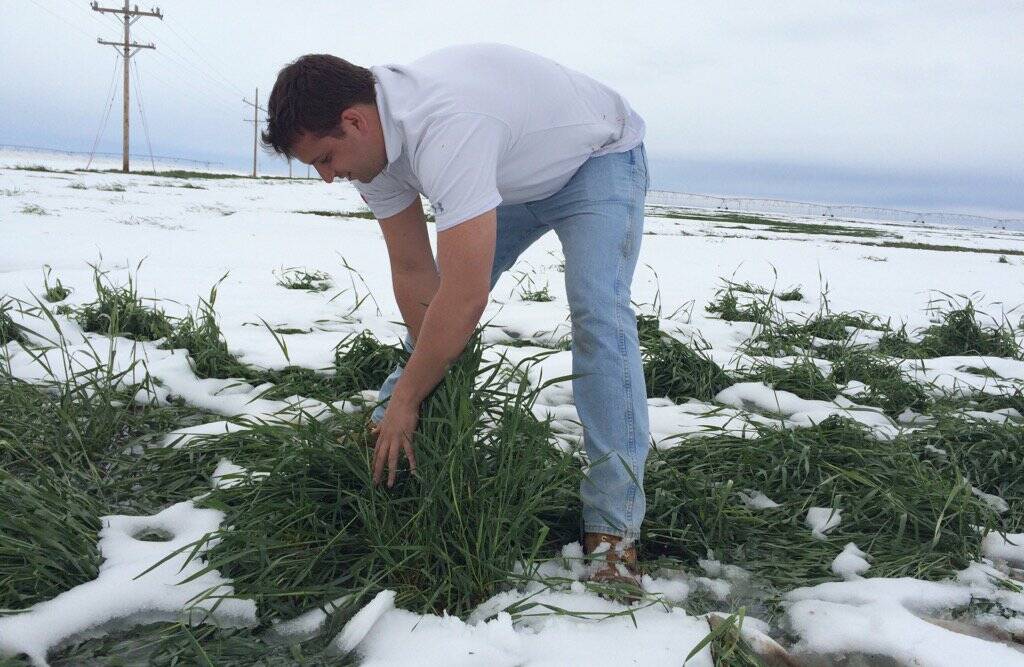
EVEN the revelation US winter wheat plantings are at their lowest levels since 1909 was not enough to give significant impetus to listless global wheat markets.
Late last week grain traders across the world were anxiously awaiting the release of the first information out of the US Department of Agriculture for two months, after the enforced US government shutdown.
However, in spite of the lengthy wait, the World Agricultural Supply and Demand Estimates (WASDE) report threw up few surprises.
There was the news about US winter wheat plantings that was supportive of pricing, but on the other hand, a raise to Russian production and of stocks available in countries other than China meant there was little move on wheat markets.
The USDA estimated winter wheat plantings in the US to be down 3.8 per cent to around 13.15 million hectares.
Large declines are expected in traditional winter wheat states such as Kansas, Nebraska and Oklahoma, along with California, with a 6pc drop forecast in Kansas, the largest winter wheat producing state in the US.
The cuts are attributed to a damp autumn that delayed plantings.
Analysts had mixed interpretations of the data.
A Rabobank report said the results were bullish due to the fact the plantings estimate was well below what the trade expected.
It also said the fact world wheat plantings would be down at least 400,000 ha would be supportive of pricing.
However, others said the rise in stocks outside China and the hike in projected Russian production were headwinds for the wheat market.
With little news on the domestic front, the Australian wheat price has taken a tumble in the past week.
On Monday there was a sharp drop in ASX March futures, which closed at $412/t.
This is the lowest price since mid-November.
Cash prices remained steady.


